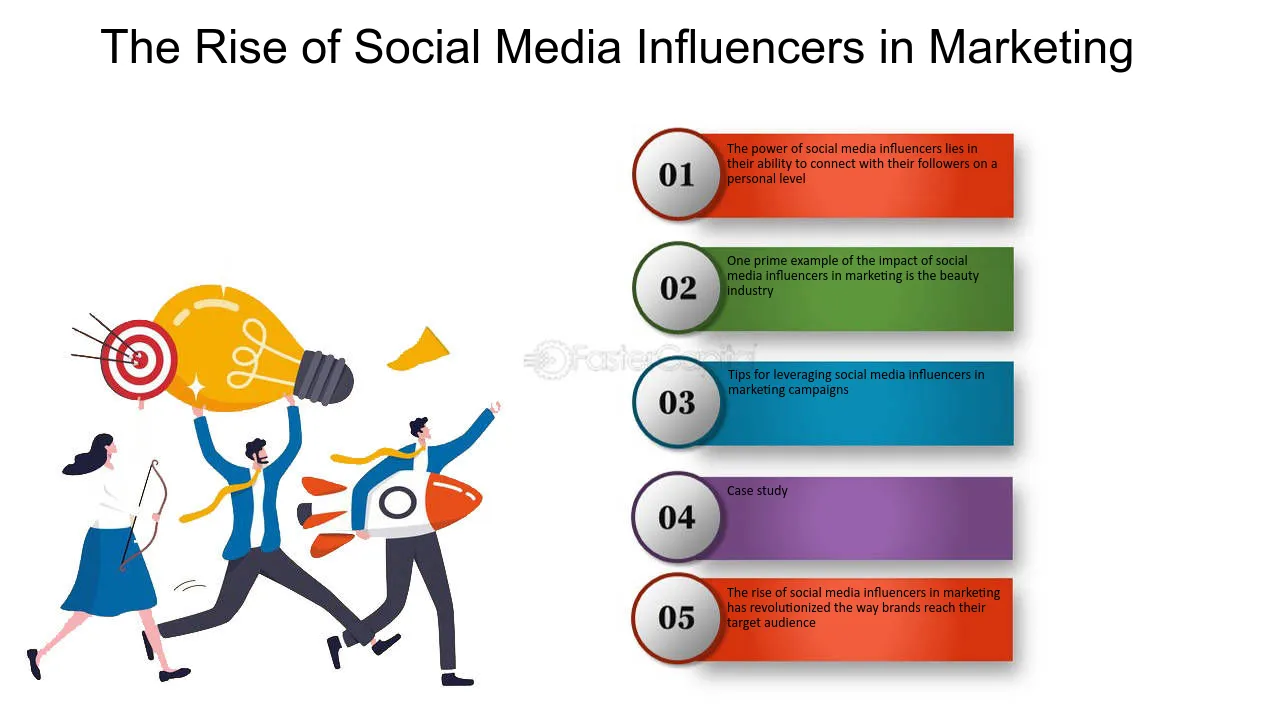Interactive ads play a crucial role in enhancing user engagement and driving better marketing results. Unlike traditional ads, interactive ads actively involve users, making the ad experience more engaging and memorable. This approach not only captivates the audience but also encourages them to interact with the content, leading to higher conversion rates.

1. What Are Interactive Ads?
Interactive ads involve a two-way interaction between the ad content and the user. Unlike static ads that merely display information, interactive ads encourage users to engage directly with the content. This engagement can take various forms, such as clickable elements, quizzes, polls, games, or interactive videos.
For instance, an engaging ad might include a clickable product carousel that allows users to browse through different items. Alternatively, a quiz that provides personalized recommendations based on user responses can also be classified as an interactive ad. By integrating these interactive elements, advertisers create a more immersive and engaging experience for users.
2. Benefits of Interactive Ads
Engaging ads offer several benefits that enhance user engagement and improve marketing outcomes. First and foremost, they increase user participation and attention. When users actively engage with an ad, they are more likely to remember the brand and its message. This increased engagement leads to higher retention rates and a stronger brand presence.
Moreover, engaging ads often provide valuable insights into user preferences and behavior. By analyzing how users interact with the ad, businesses can gather data on their interests and preferences. This information helps refine future marketing strategies and tailor content to better meet the needs of the target audience.
Additionally, interactive ads can drive higher conversion rates. Engaged users are more likely to take action, whether it’s making a purchase, signing up for a newsletter, or downloading an app. Interactive elements such as gamified experiences or personalized offers can incentivize users to complete these actions, leading to improved conversion rates.
3. Strategies for Creating Effective Interactive Ads
To create successful interactive ads, consider the following strategies:
- Know Your Audience: Understanding your target audience is crucial for designing effective engaging ads. Tailor the interactive elements to align with their interests and preferences. For example, if your audience enjoys gamified experiences, consider incorporating a game or challenge into the ad.
- Keep It Simple: While engaging ads offer various possibilities, simplicity is key. Ensure that the interactive elements are easy to use and navigate. Complicated interactions can frustrate users and lead to decreased engagement. Focus on creating a seamless and intuitive user experience.
- Provide Value: The engaging experience should offer something of value to the user. Whether it’s entertainment, information, or rewards, ensure that users find the interaction worthwhile. For example, a quiz that provides personalized recommendations or discounts can enhance the perceived value of the ad.
- Optimize for Mobile: Given the increasing use of mobile devices, it’s essential to optimize engaging ads for mobile platforms. Ensure that interactive elements function smoothly on different screen sizes and devices. A mobile-friendly design will enhance user experience and increase engagement.
- Test and Iterate: Regularly test your interactive ads to assess their performance and gather feedback from users. Analyze metrics such as click-through rates, interaction times, and conversion rates to gauge effectiveness. Use this data to make informed adjustments and continuously improve your ad campaigns.
4. Examples of Successful Interactive Ads
Several brands have successfully implemented interactive ads to boost user engagement. For instance, a well-known beverage company created an interactive ad featuring a game where users could customize their drink and share their creation on social media. This approach not only engaged users but also generated social buzz around the brand.
Another example includes an e-commerce platform that used an engaging ad with a virtual try-on feature. Users could upload their photos and see how different products would look on them. This interactive element provided a personalized experience, leading to higher engagement and increased conversions.
Conclusion
Interactive ads significantly enhance user engagement and drive better marketing results by actively involving users in the ad experience. By leveraging interactive elements, businesses can create more engaging, memorable, and effective ad campaigns. As digital marketing continues to evolve, incorporating interactive ads into your strategy can help you capture and retain audience attention, leading to improved outcomes and a stronger connection with your target market.




